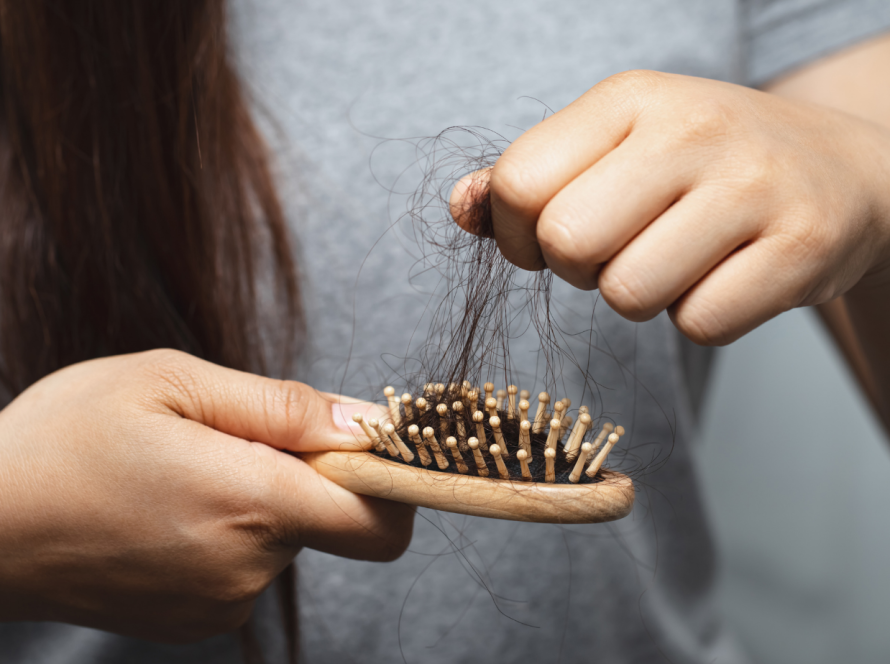Rheumatoid Arthritis
Our article is about a widespread disease called rheumatoid arthritis. It is more common in women than in men, and it mostly begins in middle age. This disease can damage, in addition to joints, a wide variety of the body organ. Let’s have an idea about this disease and how we can diagnose it and manage it.
Definition of rheumatoid arthritis
Rheumatoid arthritis is a chronic inflammatory autoimmune disease that can affect the lining of the joints, causing pain, swelling, stiffness, and loss of function in the joints. The other parts of the body that this disease can affect: the eyes, skin, lungs, blood vessels, and heart.
Symptoms
- Warm joints
- Swollen joints
- Tender joints
- Joint stiffness in the morning after rest
- Fatigue
- Fever
- Loss of appetite
We need to bear in mind that the early stage of rheumatoid arthritis can affect the small joints. In particular, the joints that attach the fingers to the hands and the toes to the feet. Symptoms tend to occur in the same joints on both sides of the body (symmetrical).
And while the disease progresses, the symptoms can spread to wrists, elbows, ankles, hips, shoulders, and knees. In addition to that, the disease can affect different organs other than the joints, as we previously stated.
Causes
It is an autoimmune disease. That means the immune system attacks by mistake the body’s tissue.
Risk Factors
- Sex: women are more likely to develop rheumatoid arthritis
- Age: it can occur at any age, but most commonly starts in the middle age
- Family history: If there is a family member who has rheumatoid arthritis, you may have an increased risk of having the disease.
- Smoking: Smoking increases the risk of having the disease
- Obesity and overweight: People who are overweight are at a higher risk of developing rheumatoid arthritis.
When to see a doctor?
- People should seek medical advice if there is persistent discomfort and swelling in the joints.
- This disease needs managing as soon as it’s diagnosed as it has really serious complications:
· Osteoporosis
· Rheumatoid nodules
· Infections
· Heart problems
· Carpal tunnel syndrome.
· Lung disease
· Lymphoma.
Diagnosis
Ronography: we’ll see synovitis of the joints
Differential Diagnosis
- Psoriatic arthritis
- Infectious arthritis
- Gout
- Systemic lupus arthritis
- Osteoarthritis
Management
There is no cure for this disease. But according to clinical studies, remission of symptoms can happen if we start the treatment in the early stage of the disease using DMARDs (disease-modifying anti-rheumatic drugs).
We can also use:
- NSAIDs to relieve pain and reduce inflammation
- Steroids to reduce inflammation and pain and slow joint damage
- Biologic agents
References
Mayo Clinic – BMJ – Healthline – WebMD
If you have any concerns about non-emergent health conditions, you may schedule a telemedicine consult with Dr Kaako provider for individualized consultation.


